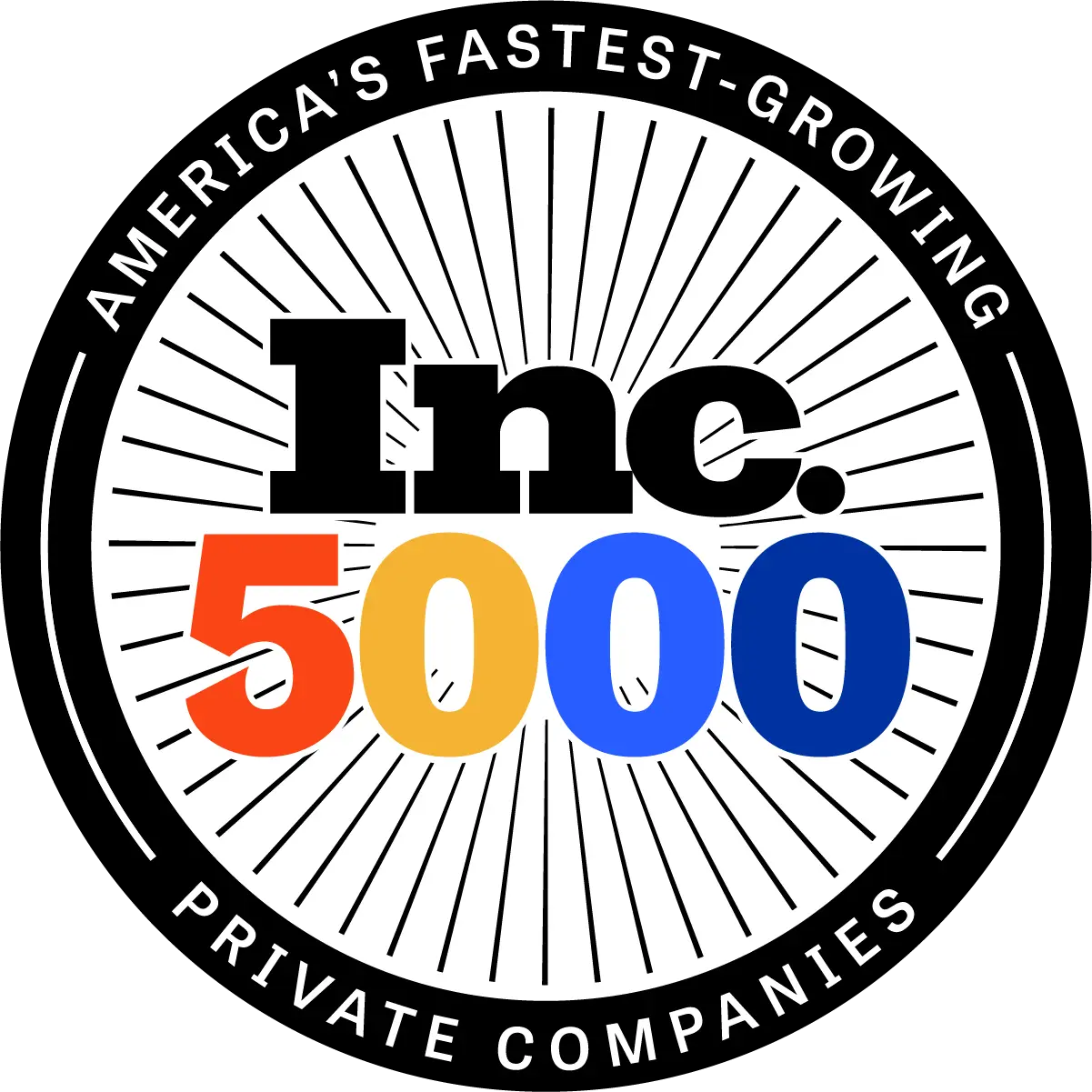
Why Recognizing Your Teams & Partners are Key to Business Success
In an era marked by rapid workplace transformation, evolving associate expectations, and intensifying competition for top talent, recognition has moved from the periphery to the center of smart business strategy. Recognition is no longer a “nice-to-have” – it’s a must-have lever for building high-performance cultures, improving retention, and fueling business growth.
At PowerPlay, we believe confidence is the currency of peak performance. And recognition – when done right – is one of the most effective ways to build that confidence across every level of your organization.
Let’s explore why recognition matters, what forms it can take, and how PowerPlay’s strategic approach turns appreciation into performance.
Benefits of Recognition
Effective Associate recognition generates a ripple effect across your business. It improves morale, enhances engagement, boosts productivity, reduces costly turnover, and increases customer satisfaction. These aren’t intangible perks – they’re measurable outcomes that shape your bottom line.
Improved Morale
Recognition taps into something deeply human: the need to feel seen, valued, and meaningful. When people are acknowledged for their efforts, it lights up the brain’s reward system, releasing dopamine – the same chemical responsible for motivation, focus, and pleasure. That simple “thank you” or public celebration becomes more than a gesture. It’s a psychological catalyst.
According to the Harvard Business Review, Associates who feel appreciated report significantly higher levels of well-being and satisfaction. They’re more likely to view their workplace as supportive, and their work as meaningful. Recognition enhances psychological safety – creating an environment where people feel secure expressing ideas, taking risks, and showing up as their full selves.
And this isn’t just about reducing stress or boosting happiness. When morale is high, collaboration improves. Trust grows. Teams become more resilient. Recognition creates the emotional conditions necessary for people to thrive – especially in fast-paced or high-pressure environments.
Increased Retention
The data is stark: Gallup reports that two-thirds of employees would consider leaving their job if they didn’t feel appreciated. In fact, among those who do resign, lack of recognition is consistently cited as a leading factor.
On the flip side, organizations that prioritize recognition see a substantial drop in voluntary turnover. In a multi-year study, Associates who received consistent, high-quality recognition were 45% less likely to leave their jobs within two years. And when that recognition was personalized, values-aligned, and timely, the retention gains were even greater.
Replacing Associates is expensive – often costing between 40% and 200% of a worker’s annual salary, depending on the role. But the hidden costs are even steeper: lost institutional knowledge, lower morale among remaining staff, onboarding time, and the disruption of team dynamics.
Recognition offers a proven, cost-effective alternative. It builds loyalty. It communicates that people matter. And it transforms retention from a reactive problem into a proactive strength.
Types of Recognition Programs
Peer-to-Peer Recognition
Recognition doesn’t only need to come from the top. In fact, some of the most powerful moments of appreciation happen between peers.
Peer-to-peer recognition empowers employees to acknowledge each other’s efforts in real time. Whether it's a simple shout-out in a team meeting or a kudos sent through a dedicated platform, these expressions create a culture of inclusion, support, and shared success.
According to research by SHRM, peer-driven systems boost team cohesion, build interpersonal trust, and increase engagement – especially among younger generations who value frequent, authentic feedback. Organizations with peer-to-peer recognition programs see significantly higher rates of Associate participation and day-to-day appreciation. Globe Telecom, for example, saw a 900% increase in staff nominations after introducing a peer recognition bot.
By decentralizing recognition, companies ensure that it’s not just reserved for high-level achievements, but woven into the fabric of daily work.
Achievement Awards
Achievement awards offer a formal, structured way to celebrate success. They can take many forms: service anniversaries, performance milestones, values-based behavior, project completions, or safety accomplishments.
When done right, these awards foster loyalty, reinforce culture, and mark important moments in an Associate’s journey. Brands like Apple, Hilton, and Zappos have set the gold standard with milestone awards that reflect their core values and Associate experience commitments.
However, the execution matters. Programs like “Employee of the Month” can backfire if they feel arbitrary or exclusionary. Recognition should never feel performative or politicized. That’s why it’s essential to define clear criteria, use transparent selection processes, and align awards with the values and goals of the organization.
The best programs combine formal recognition with a platform that allows for visibility, storytelling, and celebration – making success feel tangible, and aspirational.
PowerPlay’s Approach to Recognition
Customized Solutions
Recognition shouldn’t feel like a checkbox. It should feel like a celebration – one that’s relevant, personal, and rooted in what matters most to your organization.
That’s why we start by understanding your culture. What are your core values? What behaviors do you want to see more of? What outcomes matter most – collaboration, creativity, retention, safety, service? Then, we design recognition strategies that reward those behaviors consistently and meaningfully.
We also help you understand what your people actually value. According to a recent Deloitte study, only 10% of employees say their company has asked how they prefer to be recognized. That’s a missed opportunity. Some employees want public recognition; others prefer a quiet word of appreciation. Some are motivated by stretch assignments or professional development; others by team outings or gift cards.
Our process includes employee input, preference mapping, and flexible reward structures that include both monetary and non-monetary options. From concierge gifting and experiential rewards to personalized notes and gamified achievements, we build systems that reflect your people and inspire their best work.
Success Metrics
Recognition is only powerful if it creates real outcomes. That’s why we design our programs to be measurable from day one.
We work with clients to establish key performance indicators that align with their business goals. These often include:
- Employee engagement score improvements
- Voluntary turnover reduction
- Productivity and quality gains
- Customer satisfaction increases
- Program participation and reward redemption rates
We also help you calculate ROI (return on investment) and ROR (return on rewards). According to the Incentive Research Foundation, recognition programs that are budgeted at just 1% of payroll can yield returns of 100% to 600% – simply by reducing turnover and improving performance.
And because no strategy should be static, we provide ongoing performance reporting, dashboard visibility, and optimization support. If something isn’t working, we pivot. If one department is thriving while another lags, we dive deeper. That’s how recognition becomes an agile, evolving system that grows with your business.
Final Thoughts: Building a Culture of Confidence
Recognition is about more than praise. It’s about belief.
When employees are recognized in meaningful ways, they feel more confident in their roles. They’re more willing to take risks, share ideas, pursue growth, and align with your mission. Recognition builds identity – not just for the individual, but for your organization.
Companies that consistently recognize their people don’t just retain talent – they unlock it. They create environments where people want to do more, because they feel that what they do matters.
And in a market where salary and benefits are often the same from one company to the next, culture is the differentiator. Recognition is how culture gets built.
At PowerPlay, we help you turn recognition into results. Into loyalty. Into leadership. Into performance you can measure, and a workplace people believe in.

